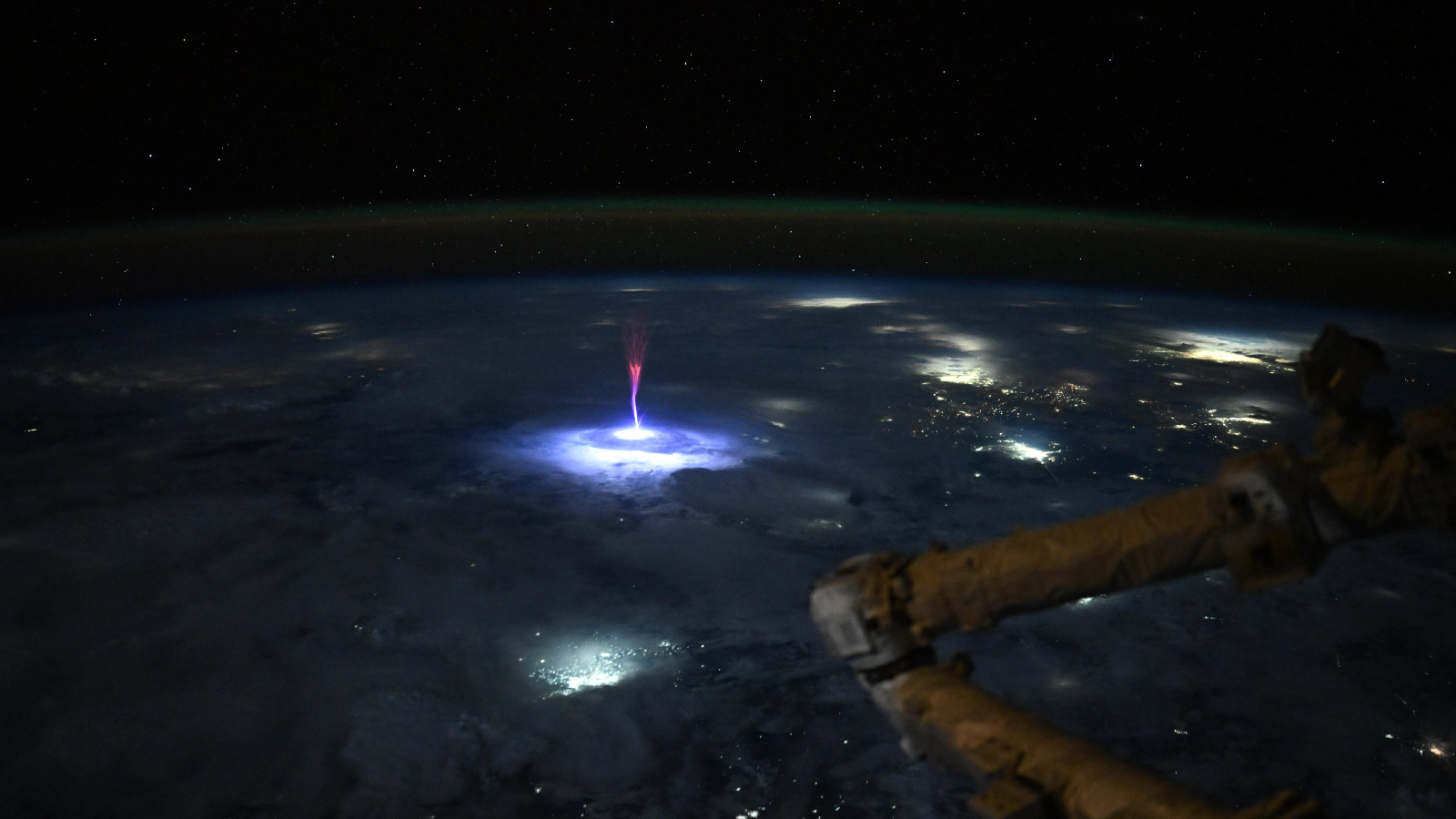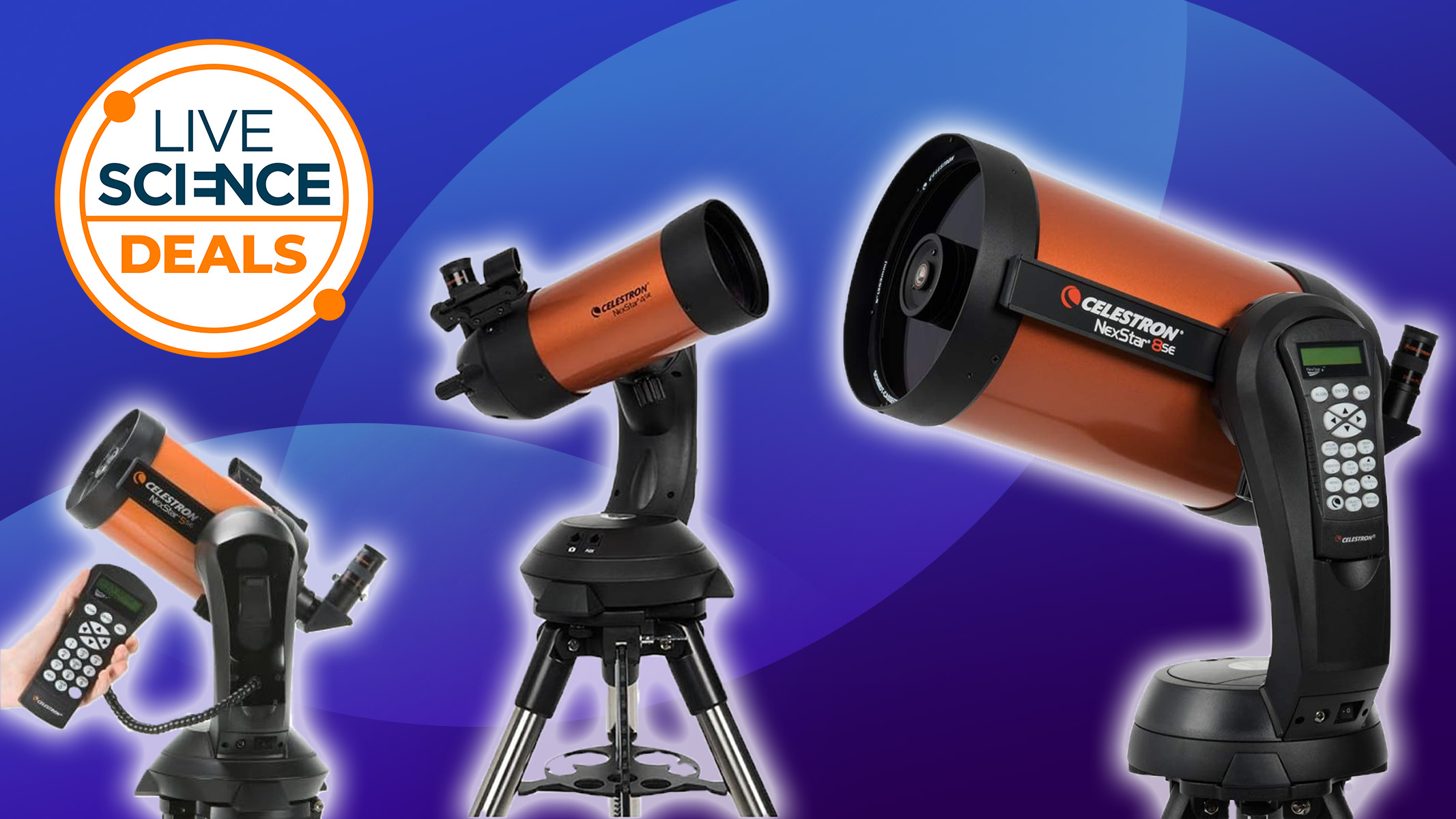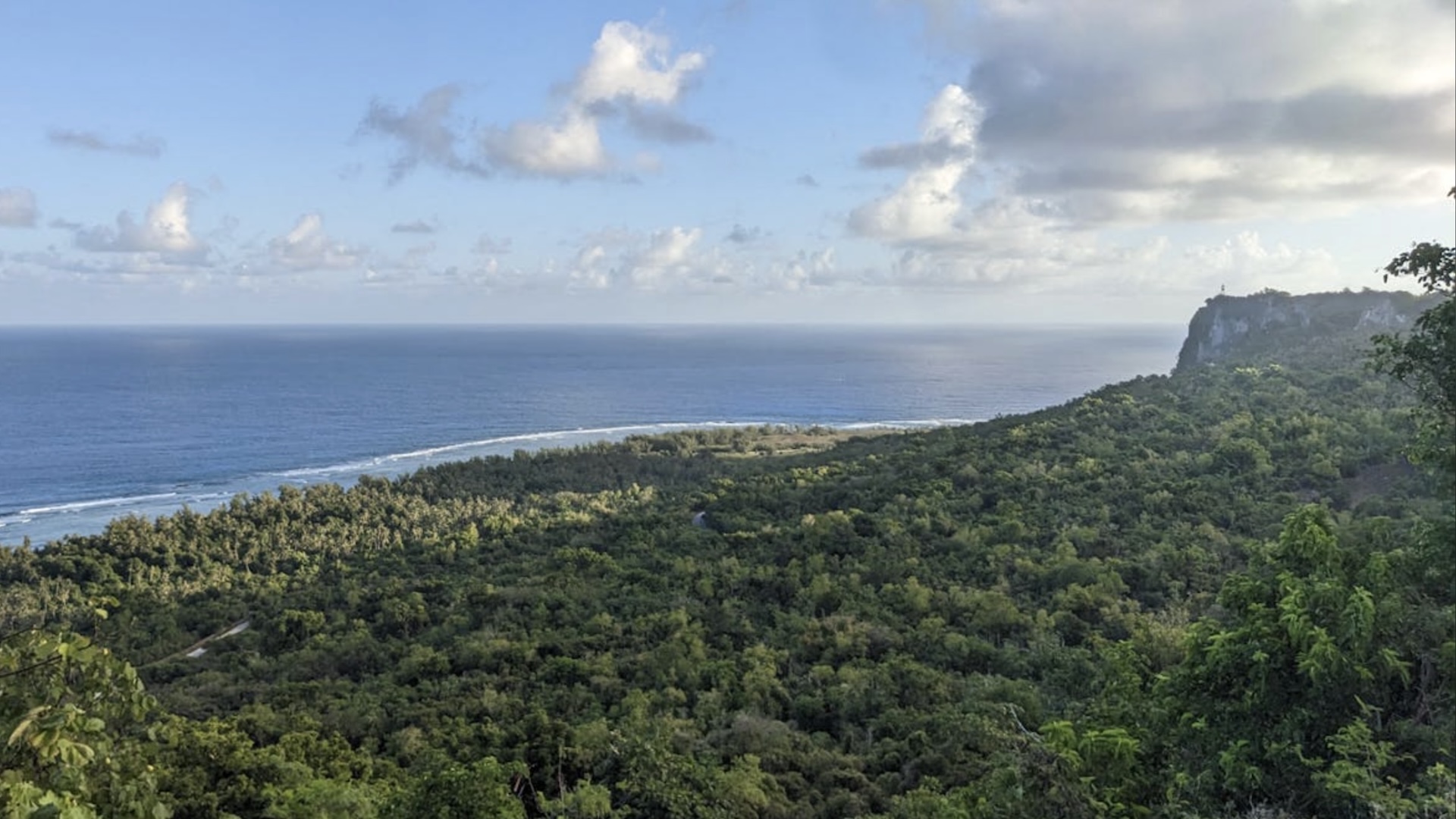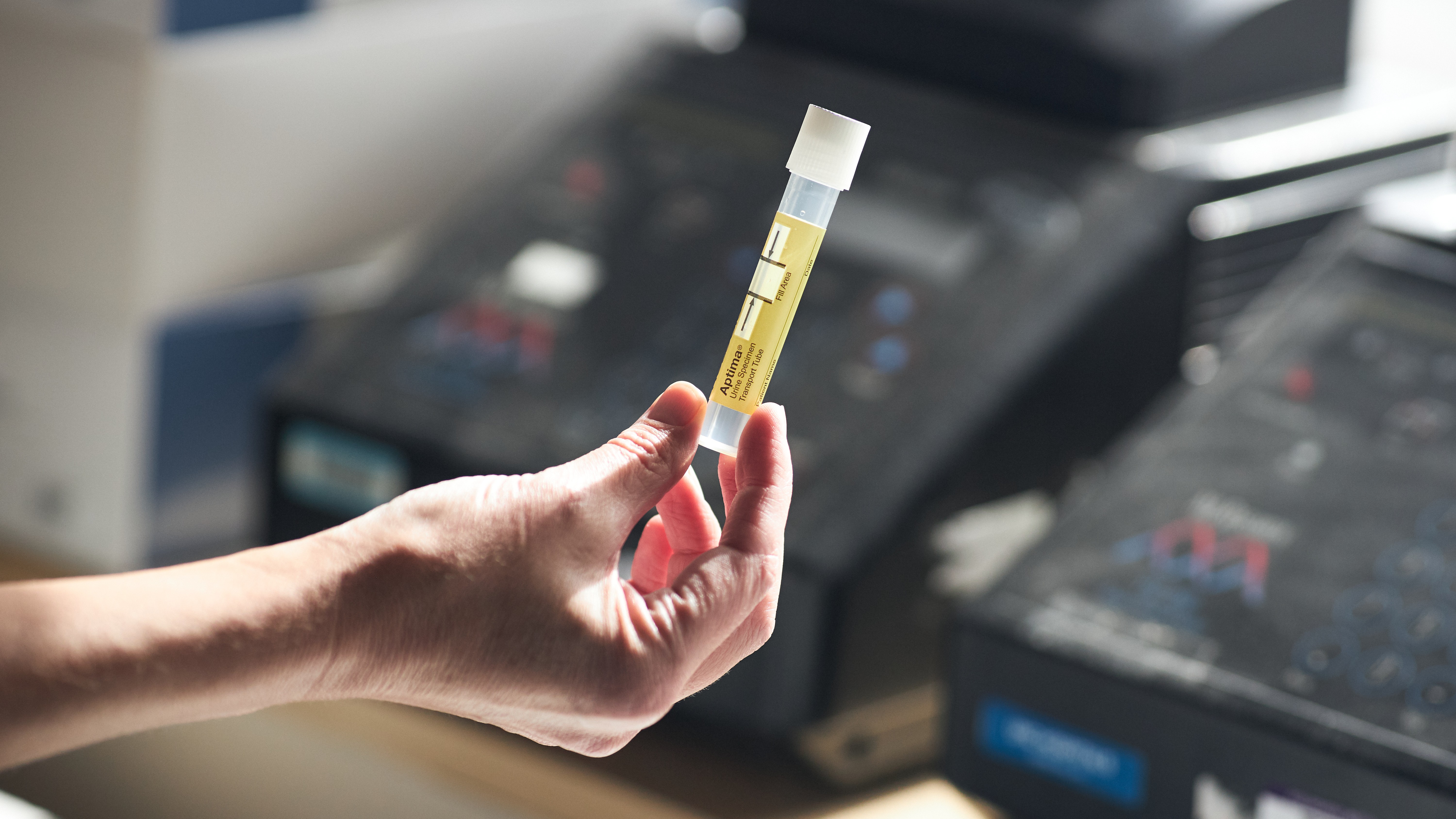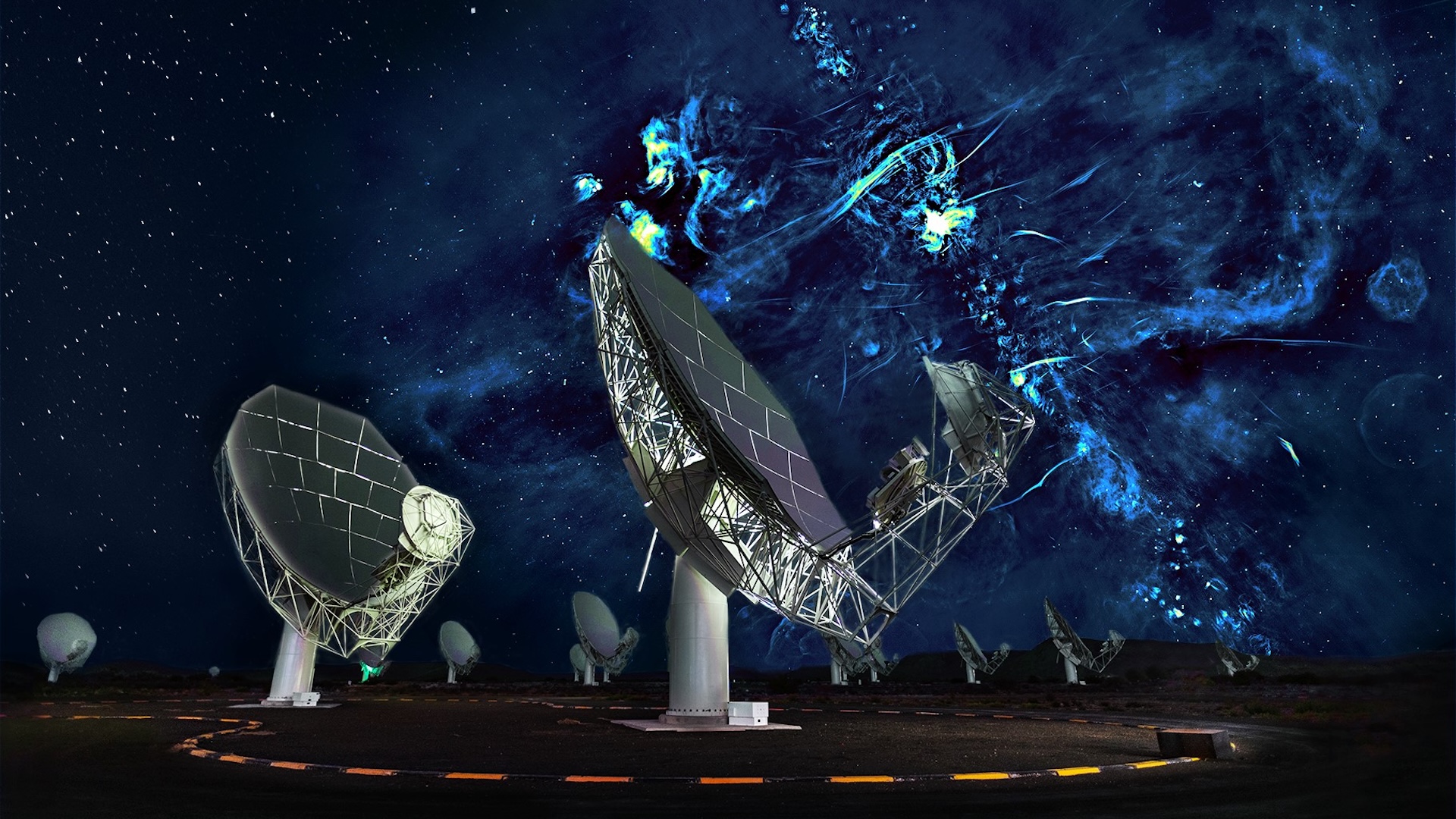A NASA astronaut has captured an electrifying image of Earth from space, featuring a gigantic, jellyfish-shaped “sprite” of red lightning shooting upwards above a thunderstorm in North America. The rare phenomenon is still poorly understood, despite being studied for more than 30 years.
Nichole Ayers, the pilot of SpaceX’s Crew-10 mission and member of International Space Station (ISS) expeditions 72 and 73, snapped the striking photo on Thursday (July 3) as the space station passed above a large thunderstorm hanging over parts of Mexico and the southern U.S., including California and Texas.
“Just. Wow. As we went over Mexico and the U.S. this morning, I caught this sprite,” Ayers wrote on the social platform X. “Sprites are TLEs or Transient Luminous Events, that happen above the clouds and are triggered by intense electrical activity in the thunderstorms below,” she added.
TLEs are a range of visual phenomena that occur in the upper atmosphere during thunderstorms, including upward-shooting blue jets and UFO-like rings of light, known as ELVES. However, the most common TLEs are sprites, like the one photographed by Ayers.
Sprites are sometimes referred to as jellyfish because they contain multiple branches of light that spread out like tentacles, while others call them “carrots” because they can be accompanied by fainter tendrils that trail behind them in the opposite direction like plant roots. They are often associated with large thunderstorms, including those produced by hurricanes.
Related: Electrifying time-lapse image captures 100 lightning bolts torching the sky
Sprites can range in size and shape, with the largest reaching up to 50 miles (80 kilometers) above Earth’s surface. They have a red color because they interact with nitrogen in the upper atmosphere, according to NASA’s Earth Observatory.
Sprites were first properly observed in the 1950s by airline passengers but were not photographed until 1989. The red jellyfish have also been spotted in the atmosphere of Jupiter, and they are thought to occur on Saturn and Venus, according to Live Science’s sister site Space.com.
But despite years of research, researchers are still unsure why some lightning strikes cause sprites and others don’t, according to FOX Weather.
TLEs from space
Sprites and other TLEs can be photographed from Earth’s surface if the conditions are right. However, ISS astronauts are uniquely well-positioned to see TLEs and frequently see the flashes of lightning strikes at the same time, providing useful data to help researchers figure out how these phenomena work.
“We have a great view above the clouds, so scientists can use these types of pictures to better understand the formation, characteristics, and relationship of TLEs to thunderstorms,” Ayers wrote.
One of the most recent examples of this was in March, when an unnamed ISS astronaut snapped faint red sprites glowing at the end of a “gigantic jet” of lightning shooting upward above New Orleans.
Another excellent example was an eerie red jellyfish that seemed to float independently in Earth’s atmosphere, high above a flash of lightning in June 2024, Space.com previously reported.





